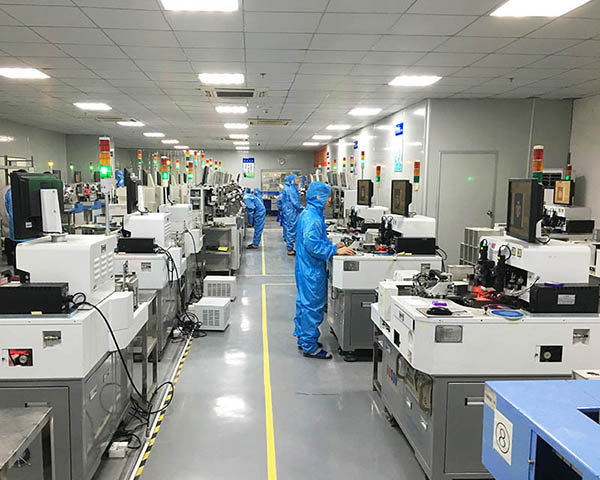The vulcanization phenomenon in LED packaging manufacturing process mainly occurs in fixing and dispensing packaging process, and the vulcanization mainly occurs in silver-containing materials (silver-plated bracket and conductive silver adhesive) and silicone adhesive materials. Silver-containing materials produce black silver sulfide after vulcanization, and the vulcanization zone turns yellow and black. After vulcanization of silica gel material, it will cause "poisoning" of silica gel, causing curing interference and not completely curing. Among them, silicon curing agent poisoning: LED packaging silicone curing agent contains platinum (platinum) complex. This platinum complex is extremely poisonous. Toxicant is any compound containing nitrogen (N), phosphorus (P) and sulfur (S). Once the curing agent is poisoned, the silicone solid is incomplete, the linear expansion coefficient is high, and the stress increases.
Taking the manufacturing process of patch lamp bead packaging as an example, the vulcanizable materials of LED in the production process include:
1. Fixing process: After the silver-plated bracket is vulcanized, the bracket will turn yellow and black, lose luster, and the reliability will decline;
2. Fixing process: After vulcanization of silver glue, silver glue turns black and dark, resulting in reliability decline or failure;
3. Fixing process: The vulcanization of silicon-based fixing adhesive hinders the curing and cannot be completely cured, resulting in the decline or failure of adhesion;
4. Viscose, sticky powder and packaging technology: After vulcanization, silicone sticky powder will cause curing interference and cannot be completely cured, resulting in product failure;
5. Sticking powder process: Phosphor contains sulfur, which will hinder curing and make products invalid.
LED packaging factory must pay great attention to the vulcanization prevention of these two links in the production process of LED lamp beads. The prevention methods are as follows:
1. Avoid LED exposure to acidic workshop environment (PH < 7). Nitrogen-containing acid gas is black silver sulfide, silver chloride or silver bromide formed by first reacting with silver and then reacting with sulfur/chlorine/bromine.
2. For other LED supporting materials purchased, the manufacturer may be required to provide the sulfur/bromine/chlorine test report of LED auxiliary materials provided by the gold supervisor, which confirms whether it contains sulfur, halogen and other substances, so as to prevent chemical or physical reaction with LED materials, resulting in corrosion of silver plating layer of LED products, variation of performance of LED silicon and phosphor magnetic materials, and failure of LED photoelectric performance.
3. Use desulfurization gloves, finger gloves and sulfur-free masks; Distinguish sulfur-free materials and clamp the shell; Use sulfur-free cleaning agent; Sulfur-containing PCB board is cleaned and desulfurized for reuse; Sulfur

![]() pkgled
LEDSMDBEADS
release time:2023-10-18 14:08:36
Reading volume:1
pkgled
LEDSMDBEADS
release time:2023-10-18 14:08:36
Reading volume:1
